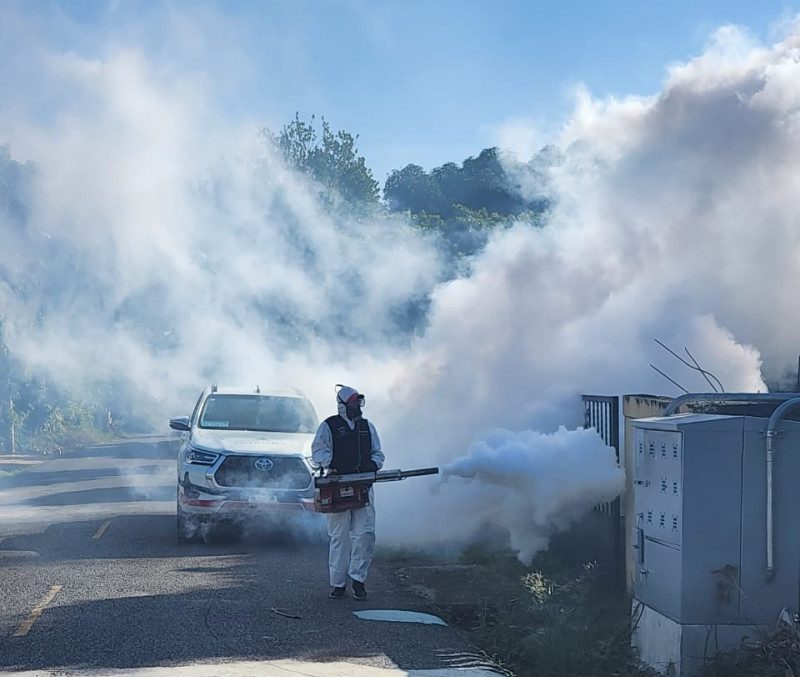The Dominican Republic is heading towards its highest peak of the dengue outbreak

Santo Domingo.- Despite the recent reporting of 758 new dengue cases in the past week, bringing the total suspected cases to over 6,000 so far this year, the Ministry of Public Health authorities have issued a warning that the worst may still be ahead. They anticipate that the epidemic outbreak is likely to continue rising for the next four weeks.
Both the Minister of Public Health, Daniel Rivera, and the Vice Minister of Collective Health, Eladio Pérez, emphasized that the government alone cannot combat the disease. They have called upon families and communities to collaborate in eliminating containers that serve as breeding grounds for the mosquitoes that transmit the disease.
Pérez noted that the country is currently experiencing an epidemic outbreak, and the prevailing climatic conditions, characterized by intense heat and rainfall, are expected to contribute to a continued rise in cases. Therefore, the primary focus should be on preventing the creation of mosquito breeding sites.
The report provided by the Vice Minister of Collective Health indicates that dengue serotypes 2 and 3 are circulating in the country, with the latter not having been observed since 2019. Approximately 77.8% of reported cases are in individuals under 19 years of age, and around 42% of suspected dengue patients are being treated in five major health centers, including the Hugo Mendoza and Robert Reid Cabral pediatric hospitals, Jaime Mota, Plaza de la Salud, and the Unión Médica clinic.
Around 70% of the cases are concentrated in Greater Santo Domingo, with the Santo Domingo Norte municipality being the most affected. Santiago is the second province with the highest number of cases.
The country currently reports an incidence rate of 44.31 cases of dengue per 100,000 inhabitants, which is lower than other countries in the region also experiencing significant dengue outbreaks, where the incidence surpasses 100 cases per 100,000 inhabitants.
They urged the population to inspect their surroundings and eliminate objects such as rubber and plastic containers, lids, and eggshells that accumulate rainwater and serve as breeding sites for mosquitoes. Additionally, they recommended covering and chlorinating water storage tanks used for domestic purposes.
It was noted that more than half of the patients requiring hospitalization typically exhibit alarming symptoms, including vomiting, abdominal pain, dizziness, and fever.

















